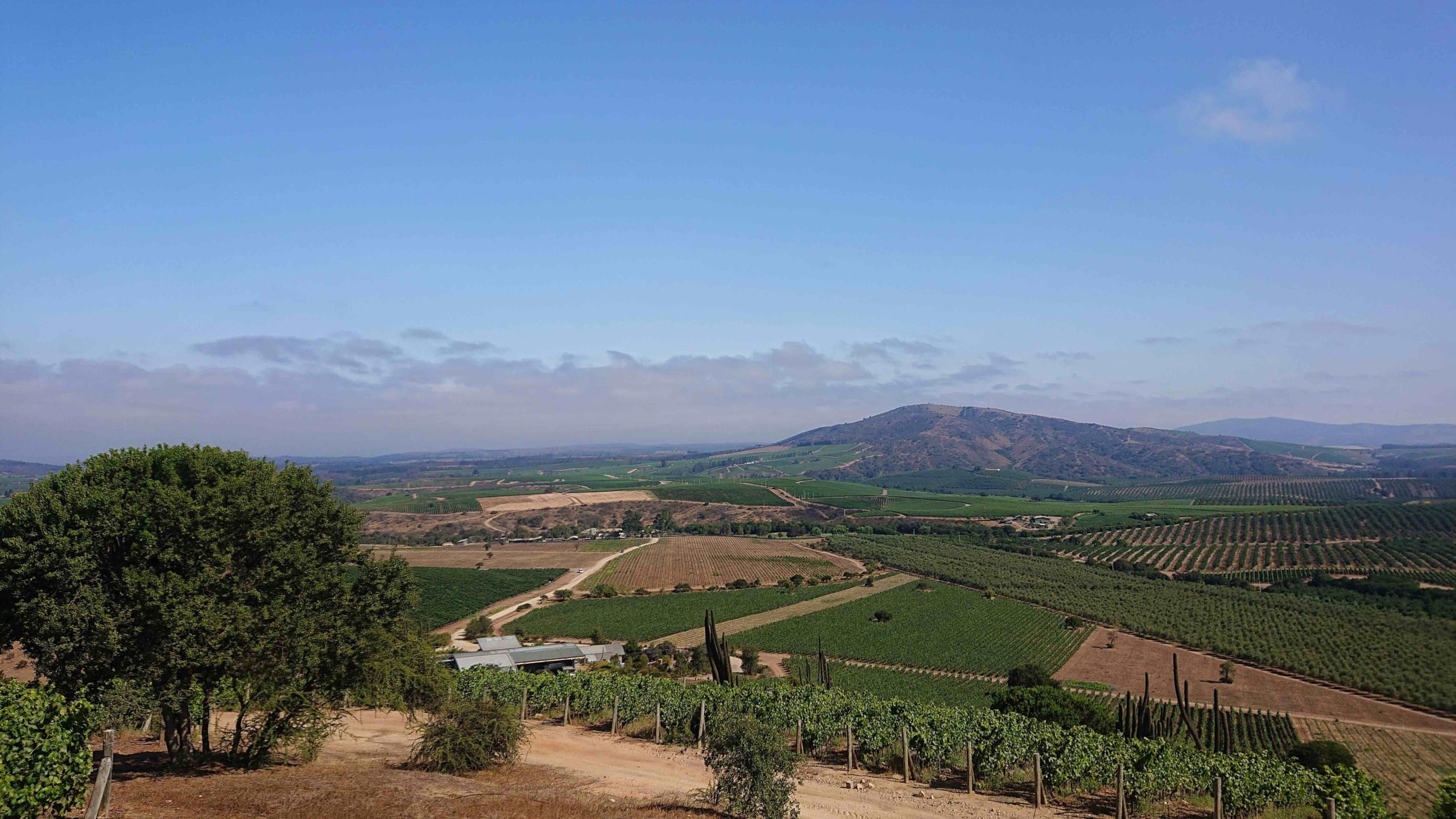Naturally Chile is eager to show the world the high quality of its wines, but more than that it islooking to understand what actually making Chilean wines means, says Mattia Scarpazza.
Over the last 10 years, Chilean wineries have invested in soil-mapping techniques, studied vineyards and the grapes most suited to each area, and improved vineyard management so that the ones already planted are better utilised. The subsequent diversification in the grapes planted and the way vines are managed have resulted in making consistently higher quality wines.
The Beautiful South
The south of Chile is where I believe the biggest change is taking place in the wine industry. Maule Valley, in the southern part of the Central Valley, may well be the centre of it. This is where the bulk of bush-trained old vines and primal grape varieties are found, such as Pais, Cinsault, Carignan and Semillon. Most of these vineyards have grown to be over 100 years old.
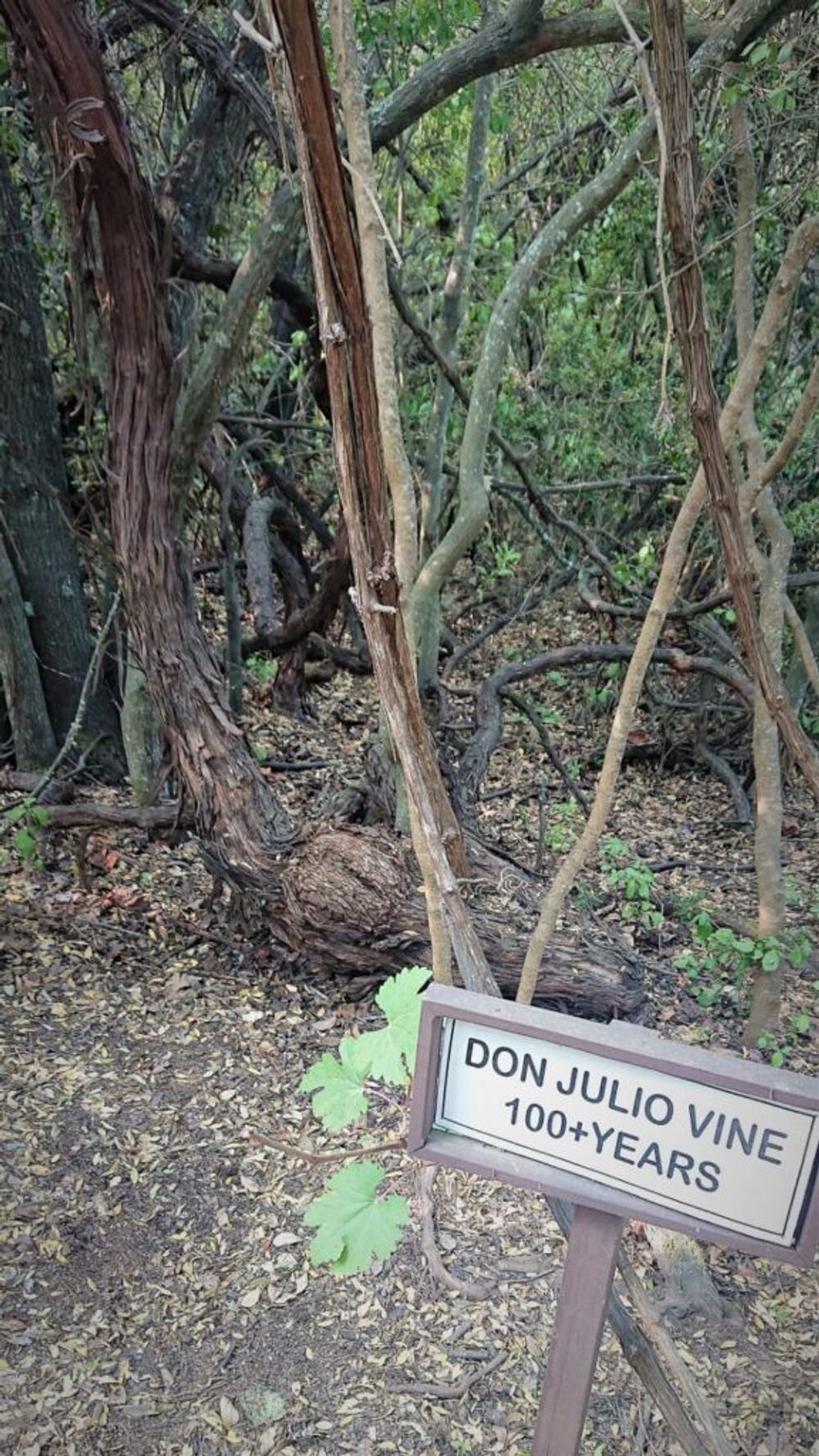
The sign says it all…Photo: Mattia Scarpazza
Juan Bouchon of Bouchon Family Wines, believes the main reason there are so many old vines in the region is the fact the growers were paid such a pittance for their archaic grapes, mostly used in blends at a time when Bordeaux varieties were everything, that they never had the finances to replant them.
This has made the area a playground for winemakers to experiment in and create their own styles.
It has also led to many initiatives that I consider vital to the way Chile is revamping its wine industry, such as VIGNO, which champions old vine Carignan and MOVI which, promotes independent producers.
I was impressed at how much focus J. Bouchon has put on Pais, a grape brought over by Spanish colonists 400 years ago, that is now only found in Chile. The wine Pais Salvaje is produced with grapes from vines that grow naturally climbing up trees near the main vineyard, a truly astonishing sight.
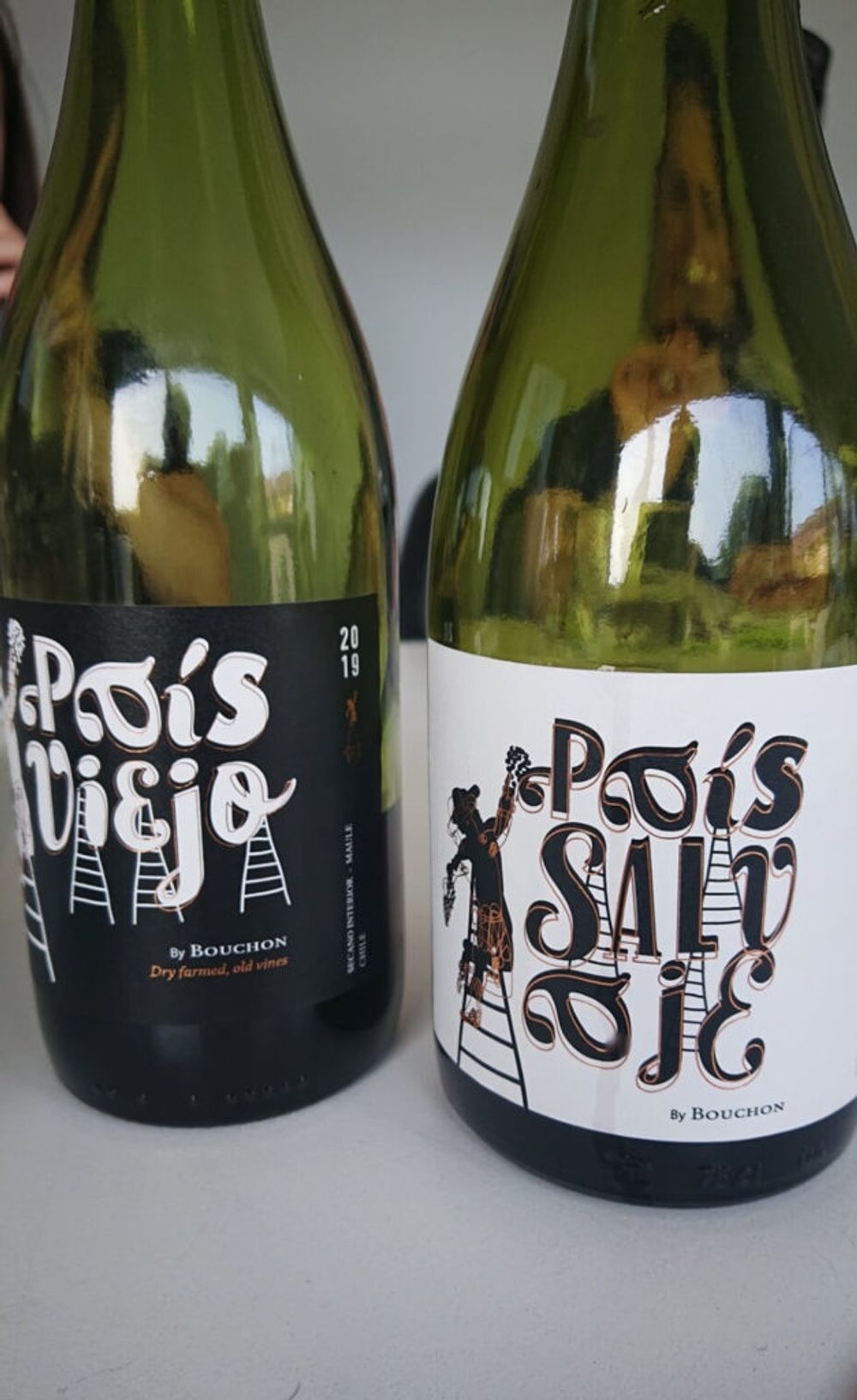
If you see these bottles, get your hands on them says Mattia Scarpazza
Pais Vejo, another J.Bouchon wine, is produced solely from Pais grapes bought from local producers, who are paid fairly in order to create a more sustainable local market with the aim of entering large distribution enterprises.
Drinking Pais can surprise. It is a pale wine with a delicate nose of red fruits, flowers and a hint of herbs, but the palate in contrast has defined tannins, with a nice weight and mellowness.
Heading north

Chilean wine has so much to thank Pablo Morandé of Viná Morandé for says Mattia Scarpazza
Meanwhile in the north of Chile, the pioneering movement, starting in the middle of 1990s, with Pablo Morandé of Viná Morandé, who at his own initiative planted the first vineyard in Casablanca Valley, 12km from the ocean. His wines were quickly recognised as high quality Pinot Noir and Sauvignon Blanc, prompting other producers to follow suit.
I was impressed by the high quality and personality of the Syrah coming from Casablanca Valley andthe adjacent Leyda Valley. Syrahs produced here are defined by fresh black fruits, ground black pepper and touch of fresh flowers with grippy tannins and racy acidity. It is definitely worth keeping an eye on them.
Diego Rivera, head winemaker of Garces Silva in Leyda Valley, told us “Syrah is extremely well suited to the climate of the region with its strong winds”, and for him it is the grape that has the greatest sense of place.
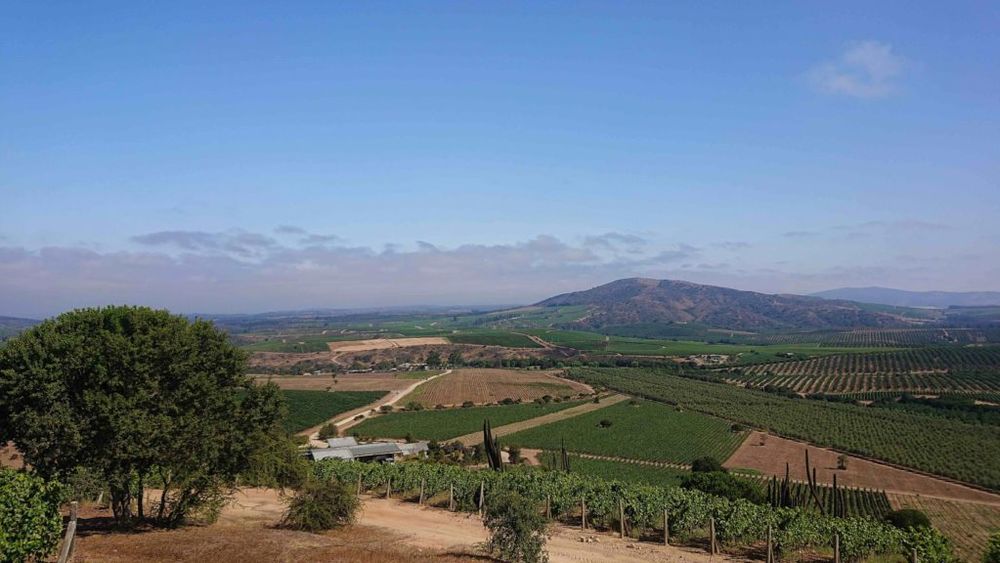
Scarpazza particularly liked the Syrah styles coming out of the Leyda Valley
The pioneering movement is now seen on the fringes of the Central Valley. Areas closer to the coast and the Andes foothills are being developed by many producers because of their natural cooler conditions which help create fresher style of wines.
Aresti Wines in Curico Valley is an example, plants for the Trisquel range are planted between 1245 metres above sea level in the Andes foothills to 17 metres above sea level in the Curico Costa area.
The thing that astounded me most was the Lago Ronco range from Casa Silva, their experimental project in Malleco in the extreme south of Chile, so far south that it is not yet part of any vineyard mapping. The 20ha vineyard, is on the banks of Lake Ronco, which helps to mitigate the otherwise cold temperatures, and gives the wines its name.
Riesling, Sauvignon Blanc, and Pinot Noir grapes are planted. My favourite was the Sauvignon Blanc which was unlike any other tasted during the trip. This is a truly exciting project which shows there are so many more areas that could be explored.
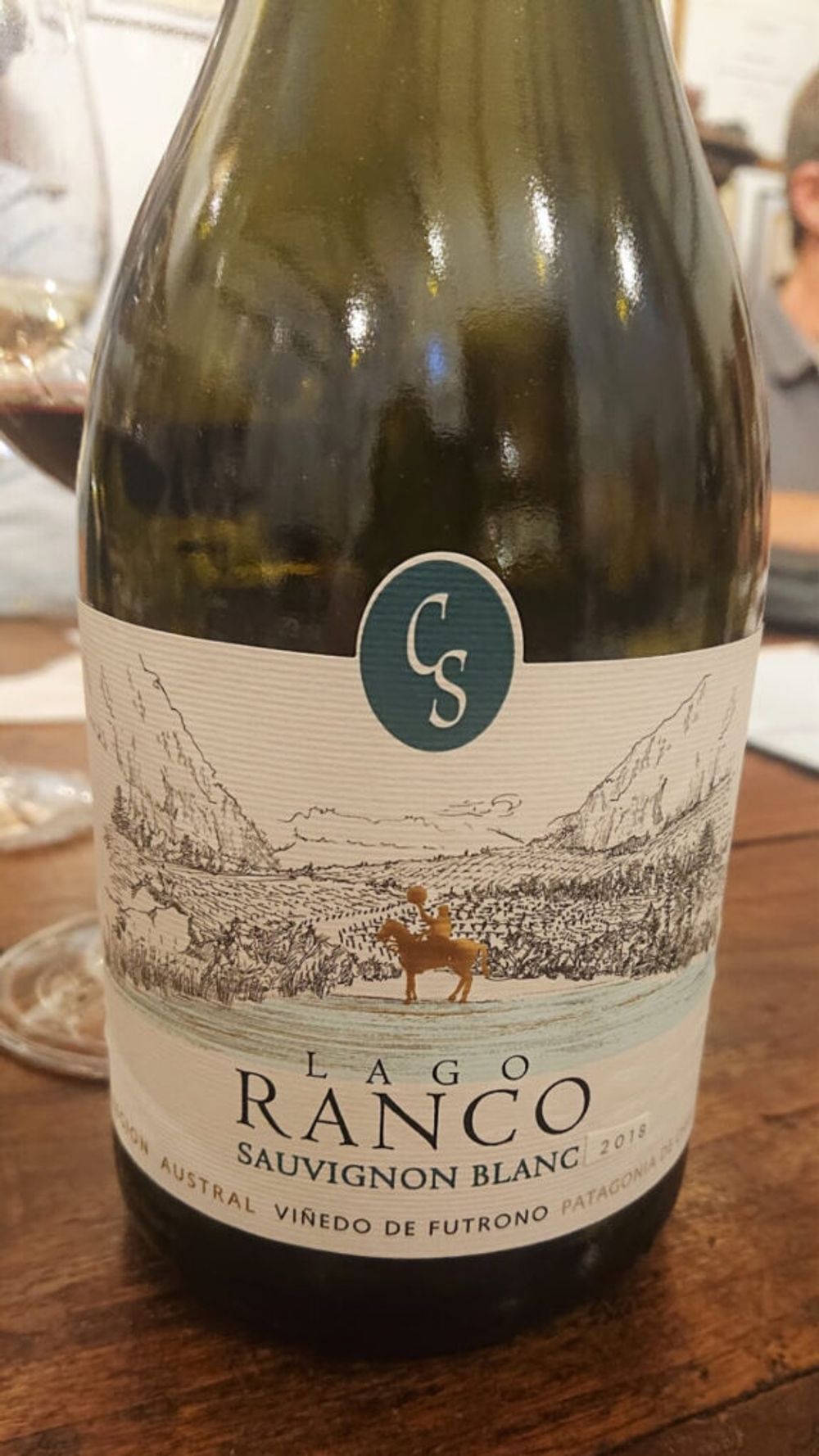
Some of the most exciting wines Scarpazza tasted on the trip were from the Lago Ranco range – particularly this Sauvignon Blanc
It was really interesting to see this lesser known creative side of Chile, compared to the common perception. As it is, Chile is a great producer of Cabernet Sauvignon and Merlot from Maipo, along with Pinot Noir and Sauvignon Blanc. I deliberately avoided mentioning Cabernet Sauvignon to show that there is more to Chile, and I think this will become more apparent in the years to come.
This is a snapshot of some of the trends and projects that are worth a closer look, and by no meansa comprehensive guide to the wines of Chile.
- You can follow Mattia Scarpazza on social media on Instagam at @mattia_into_wine and Twitter on @scarpazzamattia.
